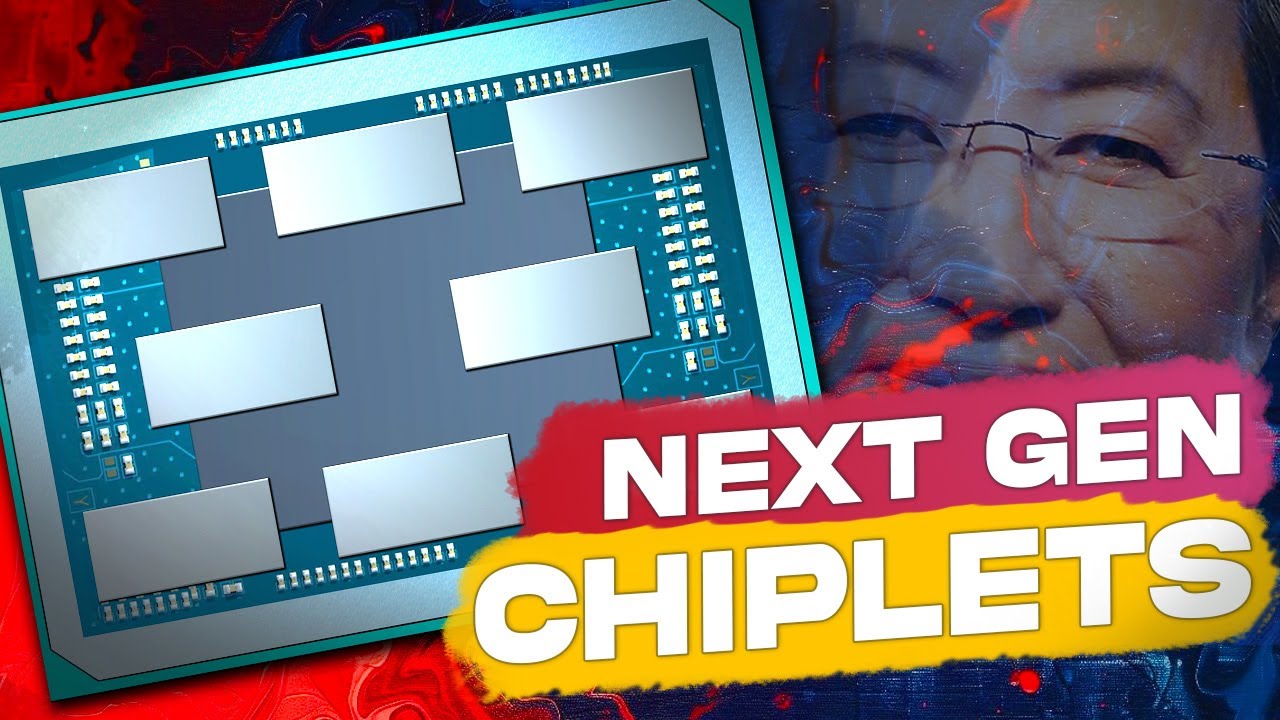The video discusses AMD’s advancements in CPU technology, particularly the 9800 X3D, while highlighting its performance issues related to stuttering due to cache limitations and data transfer between chiplets. It introduces a new chiplet design that could improve performance and cooling, suggesting a shift towards multi-chip modules and the potential for innovation in both CPU and GPU markets.
The video discusses AMD’s recent success in the CPU market, particularly highlighting the dominance of the 9800 X3D, which has become a top choice for gamers. Despite its impressive performance, the X3D has some shortcomings, particularly related to stuttering issues during gaming and everyday tasks due to cache misses and data transfer between chiplets. The video suggests that while AMD has made significant strides in CPU technology, there are still challenges to overcome as they transition to heterogeneous systems.
The speaker notes that AMD’s current chiplet architecture has limitations, especially when compared to Intel’s offerings, which feature more cores. The 9800 X3D’s performance is exceptional, but it struggles with certain workloads that exceed its cache capacity. This leads to noticeable stutters in gaming, particularly in scenarios where data must frequently be loaded from the main memory. The video emphasizes the need for AMD to address these latency issues to maintain its competitive edge.
A new pattern from AMD is introduced, showcasing a novel chiplet arrangement that could potentially resolve some of the current limitations. This design involves stacking chiplets in a 2.5D configuration, allowing for better cooling and faster interconnectivity without increasing the package size. This approach not only benefits CPUs but could also be applied to GPUs, suggesting a future where AMD can integrate more chiplets into their designs without the need for new sockets, thus simplifying the upgrade process for consumers.
The video also touches on the broader implications of this chiplet architecture, noting that the days of large monolithic dies are coming to an end. Instead, specialization and multi-chip module designs are becoming the norm, which could lead to significant performance improvements across various applications, not just gaming. The speaker mentions that while gaming reviews dominate the conversation, AMD’s advancements in chiplet technology could yield benefits in other areas as well.
Finally, the video concludes by highlighting the potential for AMD to innovate further in the GPU space by developing multi-chip GPUs that can scale according to gamers’ needs. The speaker expresses optimism about AMD’s future developments, particularly in addressing latency issues and enhancing performance. However, they also caution that external factors, such as Microsoft’s support for hardware, could impact AMD’s progress. The video encourages viewers to stay tuned for more content on these topics and to support the channel through Patreon.
